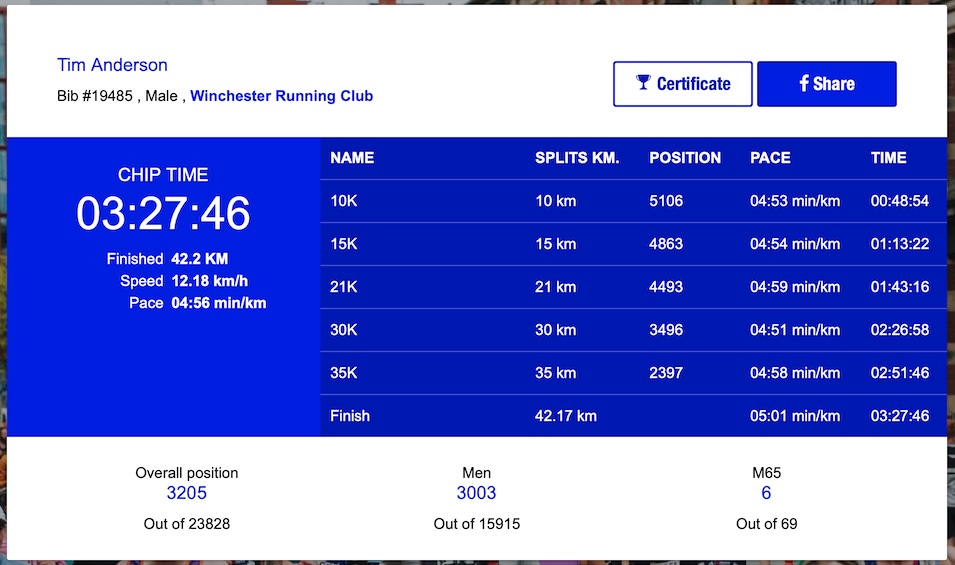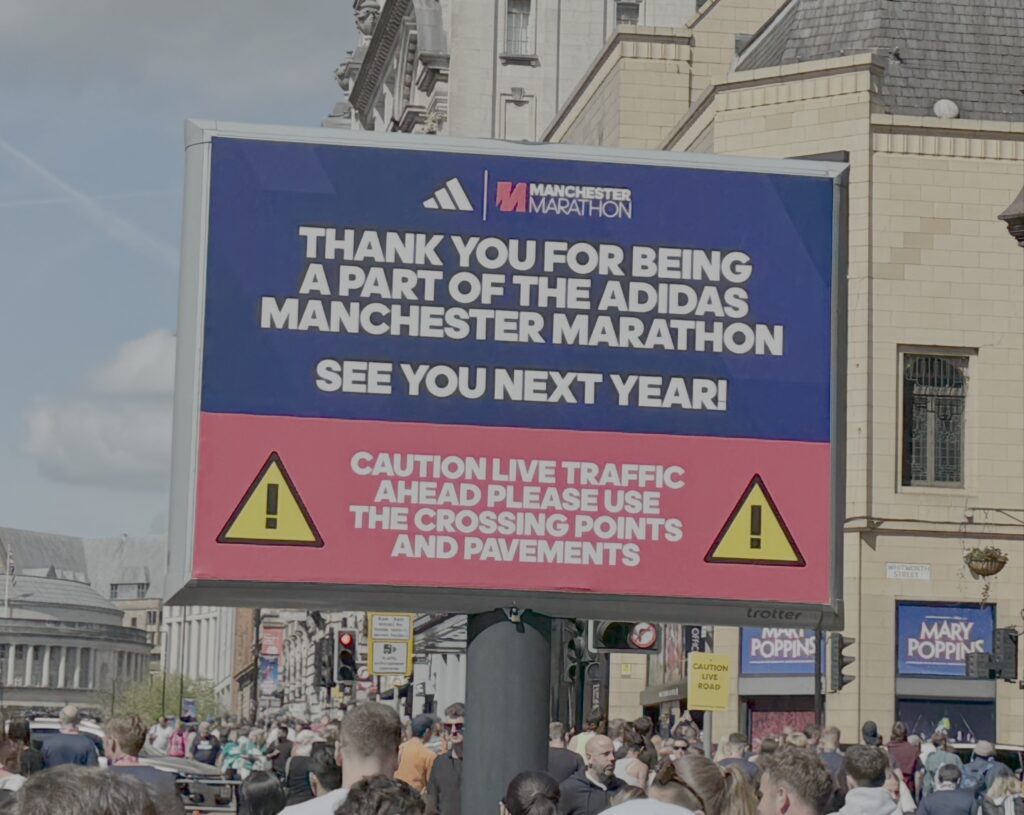Strava, a social network for runners, cyclists and other sports, has filed a lawsuit against Garmin, makers of sports watches and other devices, alleging that Garmin has infringed Strava patents on heatmaps and segments. However, Strava’s Chief Product Officer Matt Salazar said that the lawsuit is an attempt to put pressure on Garmin over new API brand guidelines which Strava does not wish to implement.
The lawsuit, filed on Sept 30th in the US District Court in Colarado, claims that Garmin infringes two US patents granted to Strava, 9297651 and 9778053. The first relates to heatmaps, which show the popularity of routes. The second relates to segments, usually partial routes defined by users, on which athletes can compare their own performance with past attempts and compete with others. Strava is asking that Garmin be prohibited from using allegedly infringing features in its products. Luis Mendoza has written in more detail about the legal aspect here.
Yesterday though, Salazar said on Reddit that the legal action relates to Garmin’s new API developer guidelines, published on July 1st. Strava has not complied and apparently now has a deadline of November 1st, following which Strava’s access to the Garmin API may be cut off.
The point of contention is Garmin’s logo requirement, which according to Salazar “required the Garmin logo to be present on every single activity post, screen, graph, image, sharing card etc.”
Salazar said that “we consider this blatant advertising. These new guidelines actively degrade your user experience on Strava (and the other 150M+ athletes). We already provide attribution for every data partner.”
He added that “we consider this to be your data … we believe you should be able to freely transfer or upload that data without requiring logos to be present.”
The background is that most Garmin users (who use Strava) set an integration with Strava such that each activity is automatically uploaded.
Reddit users were not much impressed with Salazar’s comments, considering that Strava introduced restrictions on how third parties access its own API last November, and that the terms of use for Strava grant the company full rights to the data “without compensation to you,” making Salazar’s claim that it is regarded as belonging to the user doubtful.
Users do not seem to mind the logo. “Runna already includes the Garmin logo on activities when used. It acknowledges the device and IMO it’s nice to know which device is used if you’re using multiple. It’s not offensive and doesn’t degrade the user experience at all,” said one.
Salazar does not actually explain why Strava is complaining about one thing but taking legal action about another; one presumes that the idea is for Garmin to negotiate for an end to the lawsuit in return for removing the logo requirement but these things create a lot of bad feeling and it may not work out as intended.
Strava is the company with more to lose. Garmin has an alternative to Strava called Garmin Connect, which has social media features, but most people use Strava as it is well established and has a better user interface. The existence of Garmin Connect though means that users have an exit route from Strava, but not so easily from Garmin unless they replace their expensive watch.
Garmin is also a much bigger company. Revenue of $6.3 billion in the 2024 financial year and operating income of over $1.5 billion, whereas Strava “expects to hit $500M in annual revenue soon” according to a recent report. Profitability is not known but Strava is planning to go public early next year.
From the point of view of runners like myself, there is no possible benefit from the lawsuit (other than the possibility of fewer small logos) and plenty of possible inconvenience if Garmin does block its API from Strava.
My own view of Strava has until now been favourable especially because it does not show advertising (other than for itself) to free users, apparently because it values the user experience, which in this case I think most would support. The company perhaps gives too good an experience for free, from a business point of view, and the added value of a subscription is not that great, especially as the “athlete intelligence” via AI is poor, doing little more than stating the obvious as far as I can tell.
Incidentally, I am one of the few Strava and Garmin users who does not use the integration, mainly because I do not want every single activity on the platform. One can instead download the .fit file from Garmin Connect and upload it manually to Strava. The annoyance here is that the Garmin Connect mobile app does not include the download feature, and the Strava mobile app does not include the upload feature. Both are possible though via the web browser, so that is what I use.



